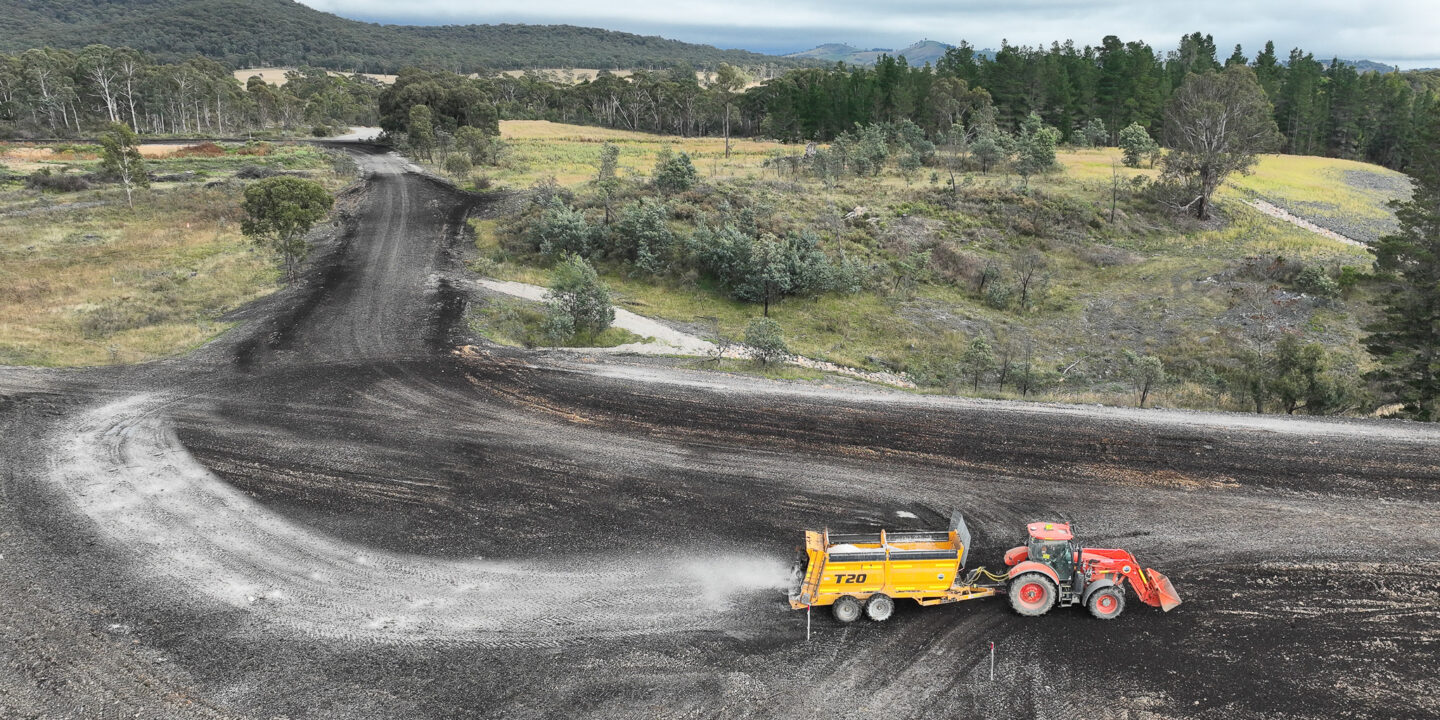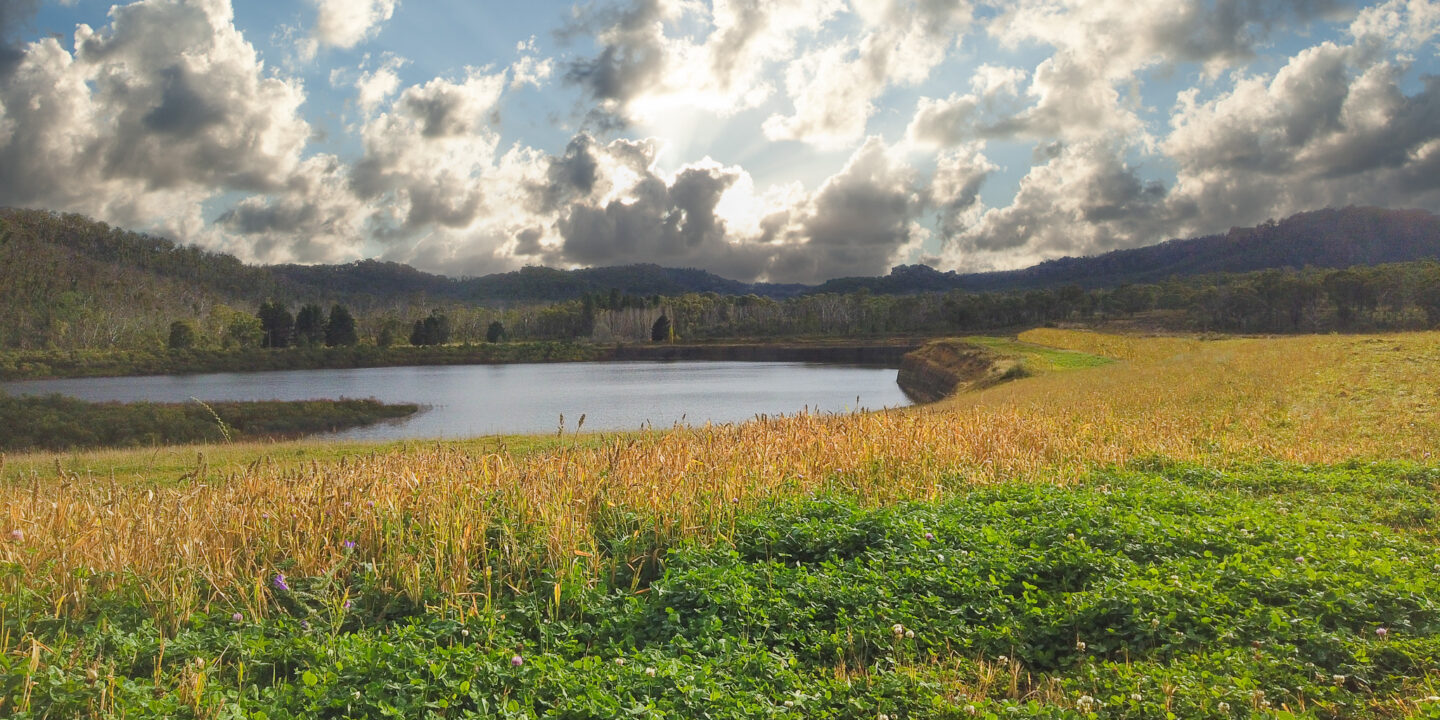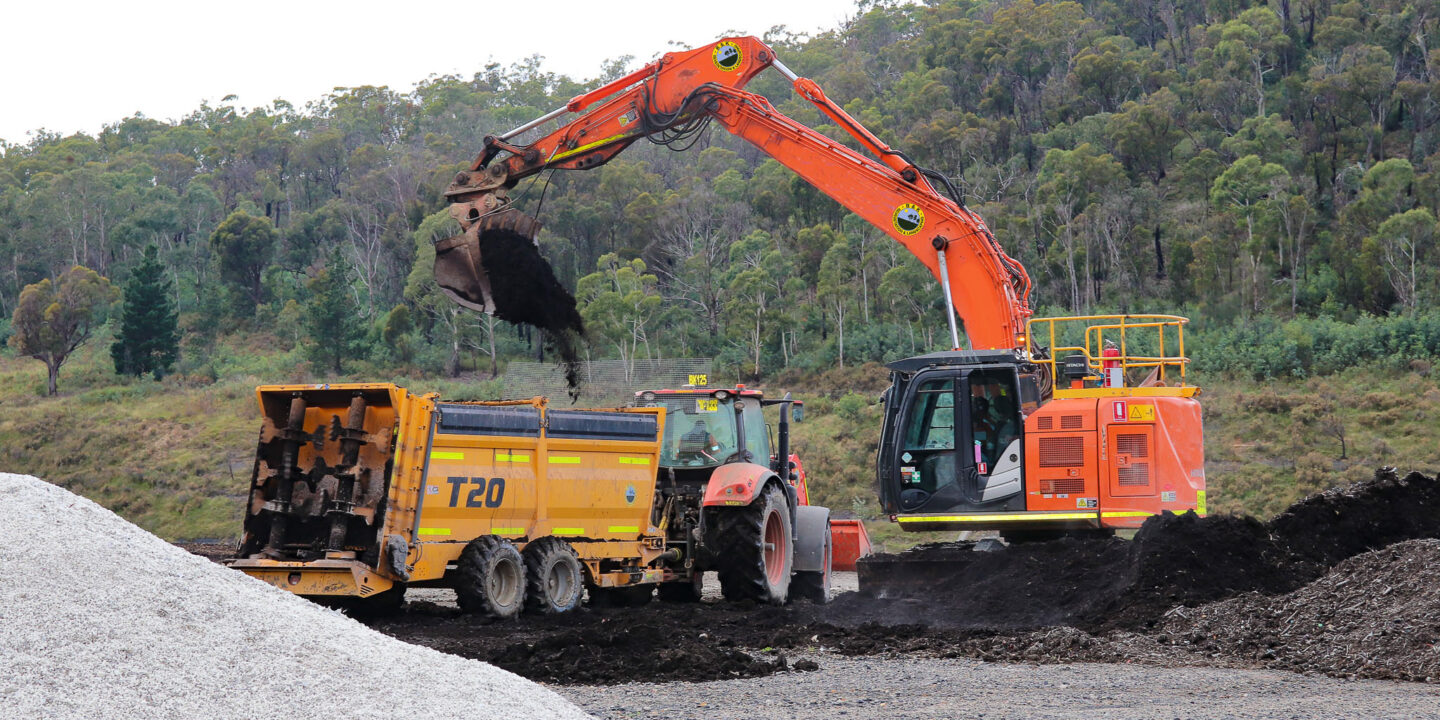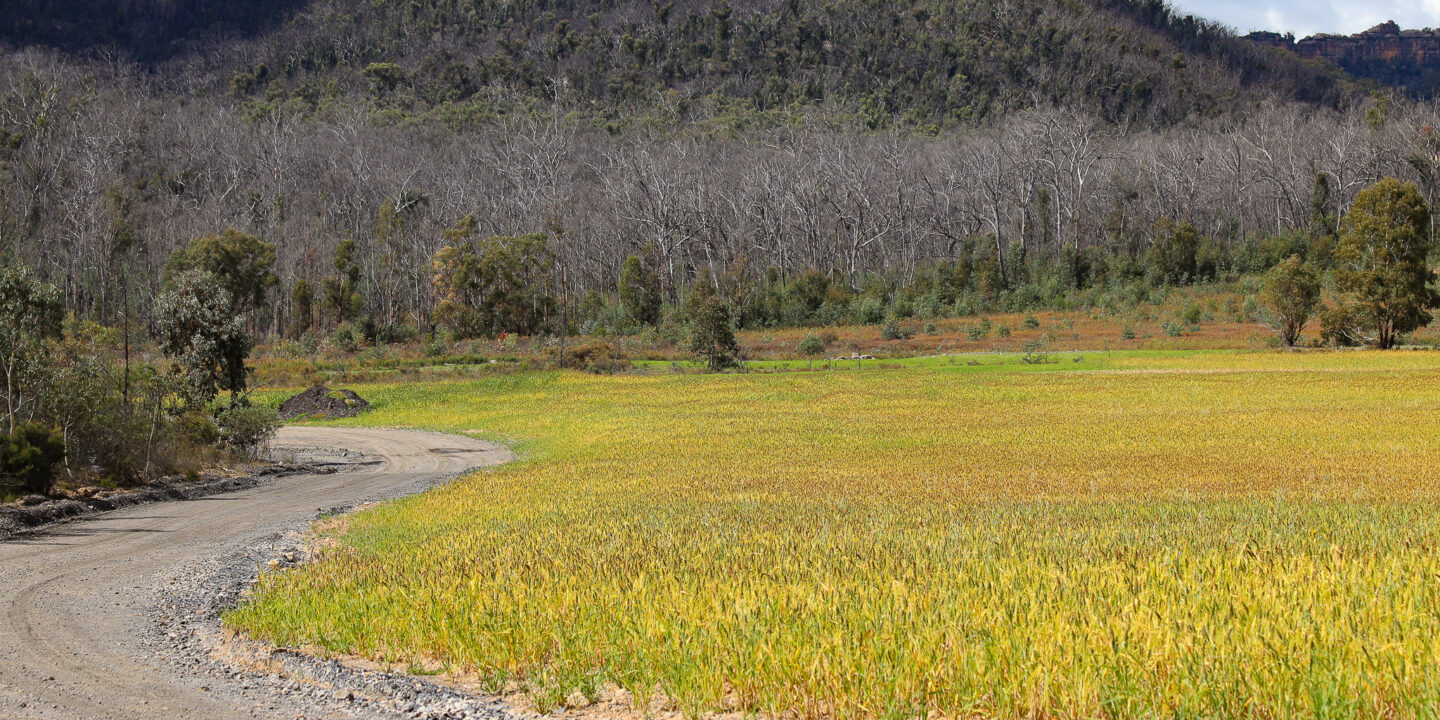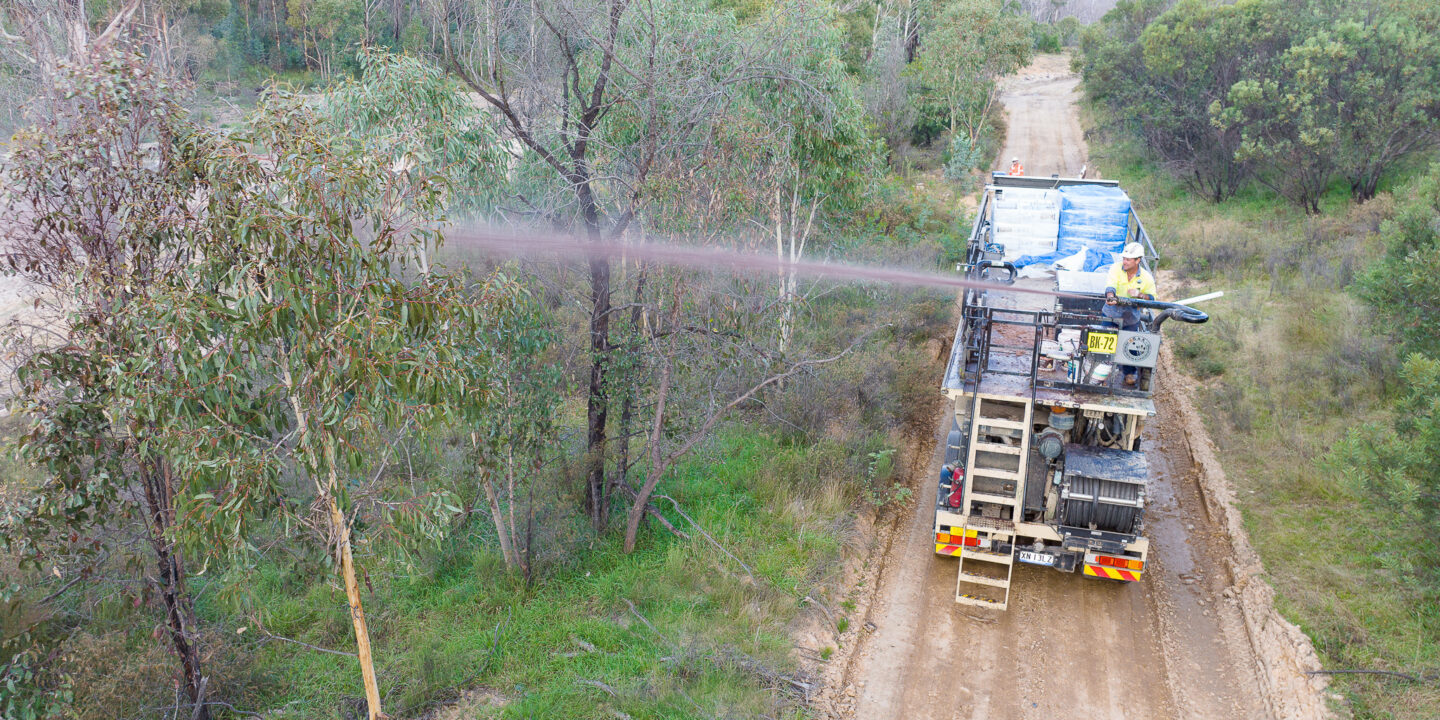When Glencore’s Baal Bone colliery moved into mine closure work, it turned to Global Soil Systems (GSS) to assist with rehabilitation and revegetation across the site.
Located 130km from Sydney in the western coalfields of New South Wales, Glencore’s Baal Bone site played host to a number of different projects throughout the years.
First established in 1983, the site operated as an underground and open-cut coal mine before transitioning into a Glencore employee training facility from 2012–18.
But 2019 saw the site go through what all mining operations will eventually face, mine closure.
A mine’s closure planning is guided by its regulatory approvals, the site’s regional context, long term post-mining land uses, and by consultation with all relevant stakeholders.
For Baal Bone, mine closure process involved the dismantling and removal of infrastructure and extensive rehabilitation work across the site.
When it came to rehabilitation, Global Soil Systems was the company’s preferred supplier having worked on Glencore sites for many years now, cultivating our working relationship.
Baal Bone mine manager Mark Bulkeley was quoted stating “Safety is our number-one focus, and it’s also a primary focus for Global Soil Systems. Having worked with them in the past, we know their work is always to a high standard”
GSS were one of the first revegetation specialists in the Hunter Valley, having worked on nearly every coal mine in New South Wales at some point in time.
25+ years of experience allowed the company to hone its skills in returning sites to agreed post-mining land use options. GSS’ reputation as a safe operator was another important consideration.
On the project, GSS revegetated over 100 hectares of land, including direct-seeding over 55 hectares of native woodland and hydromulching more than eight hectares of steep slopes and batters. GSS also propagated, planted and maintained 12,000 tubestock across the site, including 1300 endangered capertee stringybark trees.
The mining process involves disturbance of native vegetation. Rehabilitating and reforesting the land helps to mitigate any impacts and support the restoration of functional, self-supporting ecosystems.
Among the other rehabilitation efforts, GSS also cultivated and deep ripped all areas prior to seeding.
Deep ripping is a technique that involves breaking up compacted soil layers to improve soil structure and water infiltration, and to reduce the risk of erosion from water run-off ahead of seeding.
After mining and associated activities have finished at a site, the soil can be hard and compact, which makes it difficult for plant roots to penetrate and access water and nutrients. By deep ripping the soil, the texture becomes finer, making it easier for seeds to germinate and establish.
Choosing the right vegetation for a site is a matter of researching what plants traditionally grew in the area before mining commenced.
While the research is undertaken by ecologists, GSS can tap into its extensive knowledge base and advise which plants will thrive in the conditions. GSS has insight into how things will grow in different site conditions, or if something might be more suited to a particular method of revegetation.
This knowledge is invaluable, as the soil goes through a lot of changes during the mining process, and what once might have grown well in one spot may not necessarily be suitable anymore.
GSS can also provide advice on species selection, sowing rates needed to provide specific cover, and what plant species may need a bit of extra help because they are harder to establish on mine sites.
Expertise and the willingness to see the job done from start to finish was another reason Glencore was so eager to engage GSS at Baal Bone.
Like on the Baal Bone mine closure revegetation works project, GSS takes the time to make sure each job is done correctly, and ensures everyone on the team is across every aspect of the project. The attention to detail and passion for land management is what enables GSS to consistently deliver positive environmental outcomes.

